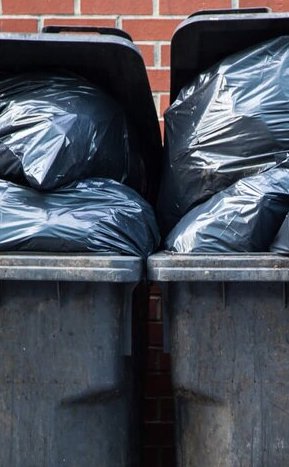
Most people are unaware of the deep structure that supports their everyday lives. Few consider how food arrives at the grocery store, who made the shoes on our feet, how our electricity is generated, what happens when we flush our toilets or where our trash goes after it is picked up by the garbage trucks.
I would argue that we don’t truly understand our lives unless we become aware of the people and systems that help support it. For example, every person in the United States produces close to 5 lbs of garbage per day. That amounts to more than 600 billion pounds per year. The city I live in — Las Vegas — produces more than 5 billion pounds of waste per year, which makes it the home to the largest landfill in North America. The Apex Landfill runs 24 hours a day, 365 days a year and accomodates 250 trucks per day, carring an average of 30 tons per load. Apex is literally a trash mountain, currently more than 500 ft in height, and covers more than 1,900 acres. Suprisingly, it is estimated that this landfill can continue to operate for another 300 years before it reaches its full capacity. These facts are certainly startling; however, it is not all bad news.
Las Vegas is also home to the largest recycling facility in the country and processes 1.8 million pounds of waste per day. It uses a complex single source system that utilizes several sophisticated sorting technologies to separate various materials.
In recent years this facility has spent considerable money reconfiguring its system to accomodate an enormous influx of cardboard — industry insiders refer to this increase as the Amazon Effect. The majority of food waste produced on the Strip does not end up in the landfill or the recycling facility. It is delivered to the Las Vegas Livestock Farm to feed pigs. The farm sits conveniently on Apex property but is privately owned and operated. The farm processes more than 40,000 pounds of the casinos’ food waste per day and converts it into feed. Landfills also create approximately 20% of human-caused methane emissions, which contributes signifigantly to global warming. Many landfills capture and burn it as a safety measure; however, Apex has been using the methane to produce electricity. More than 160 wells have been drilled in the pyramid of trash, diverting the gas to a power plant that provides energy for an estimated 11,000 homes. We need to do a better job of understanding and increasing the transparency of the systems that support our way of life.
